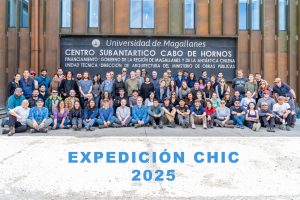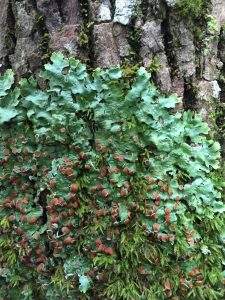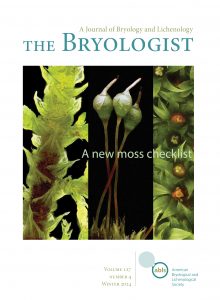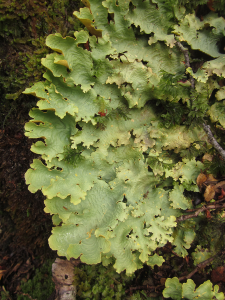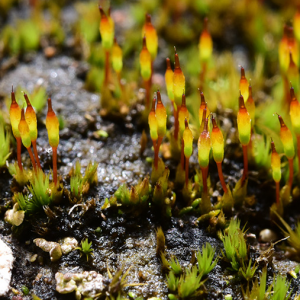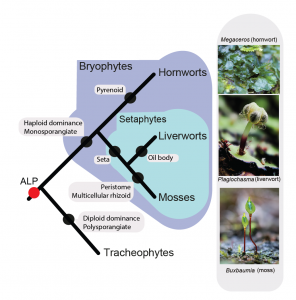Kirbis A., N. Rahmatpour, S. Dong, J. Yu, L. Waser, H. Huang, N. van Gessel, M. Waller, R. Reski, D. Lang, S. A. Rensing, E. M. Temsch, J. L. Wegrzyn, B. Goffinet, Y. Liu & P. Szövényi. 2025. Comparative analysis of the Funaria hygrometrica genome suggests greater collinearity in mosses than in seed plants. Communication Biology 8: 330. pdf
Abstract reads: Mosses, the largest lineage of seed-free plants, have smaller and less variable genome sizes than flowering plants. Nevertheless, whether this difference results from divergent genome dynamics is poorly known. Here, we use newly generated chromosome-scale genome assemblies for Funaria hygrometrica and comparative analysis with other moss and seed plant genomes to investigate moss genome dynamics. Although someaspects of moss genome dynamics are seed plant-like, such as the mechanism of genome size change and de novo gain/loss of genes, moss genomes retain higher synteny, and collinearity over evolutionary time than seed plant genomes. Furthermore, transposable elements and genes are more evenly distributed along chromosomes in mosses than in seed plants, a feature shared with other sequenced seed-free plant genomes. Overall, our findings support the hypothesis that large-scale genome structure and dynamics of mosses and seed plants differ. In particular, our data suggest a lower rate of gene order reshuffling along chromosomes in mosses compared to seed plants.Wespeculate that such lower rate of structural genomic variation and unique chromosome structure in mosses may contribute to their relatively smaller and less variable genome sizes.
